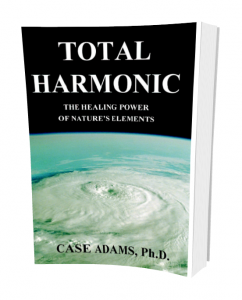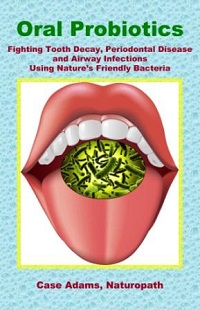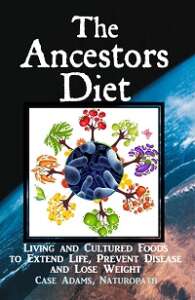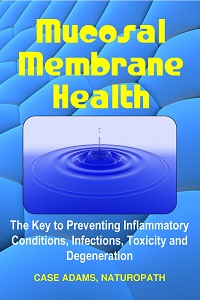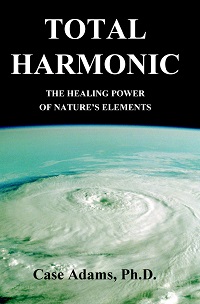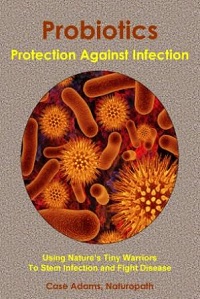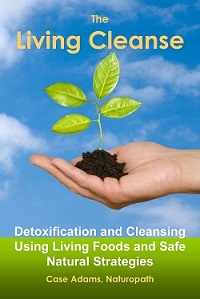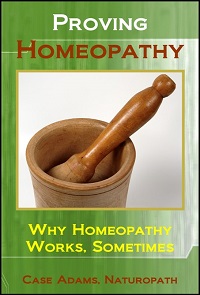A Quarter of the World’s Land has Been Degraded
Our arable land that allows us to produce food for a surging global population is diminishing. Such a prospect means that we will continue to have less ability to produce food in the future. Why is this going on? Because we are degrading our land through non-sustainable treatments.
This includes using pesticides and herbicides, and also using chemical fertilizers. As we’ve discussed elsewhere, pesticides and herbicides are ruining our waterways too. And the use of chemical fertilizers is causing dead zones in our oceans and seaways.
In this article
UN report studies usable land
In 2011, the United Nations report on global food and agriculture released has characterized a fourth of usable land mass around the world as “highly degraded” and increasingly poorly suited for feeding the world’s burgeoning population.
The report, the State of the World’s Land and Water Resources for Food and Agriculture put out by the U.N.’s Food and Agriculture Organization, calculated that global farmers must increase food production by at least 70% between now and 2050 in order to feed an anticipated population of 9 billion people.
The world’s population recently hit 7 billion.
The report found 25% of the world’s land mass as “highly degraded,” 8% as “moderately degraded,” 36% as stable or “slightly degraded,” and 10% as “improving.” Another 18% is consider bare.
Degradation in all continents
They found that the degradation is occurring among all continents, but significant degradation is occurring in the U.S. West, Southern Asia, Southern Europe, Africa and the Mediterranean regions.
Farm production has been increasing around the world at a rapid pace. During the four decades between 1969 and 2009, cropland area increased 12% but agricultural production increased by 150%.
The FAO Director-General, Jacques Diouf commented that, “The SOLAW report highlights that the collective impact of these pressures and resulting agricultural transformations have put some production systems at risk of breakdown of their environmental integrity and productive capacity.”
At issue are nitrogen-rich chemical fertilizers, which increase chemical run-offs from farms and deplete the soils of other nutrients, along with intensive mono-crop farming (the farming of a single crop year after year).
The answers to these issues have been found among the organic farming industry, which requires that certified organic growers rotate crops and utilize natural materials and compost to fertilize rather than chemicals.
This was confirmed by a 2007 study by the USDA Agricultural Research Service (ARS) at Beltsville, MD. The study, conducted over a period of nine years, showed that organic farming builds up significantly more organic matter in the soil than no-till conventional farming methods. The study also found that the organic methods produced better crop yields than the conventional methods.
References
Young D. “No Shortcuts in Checking Soil Health.” Agricultural Research. 2007 July.
UN Food and Agricultural Organization. The State of the World’s Land and Water Resources for Food and Agriculture. November 28, 2011.


